Flip Book Love
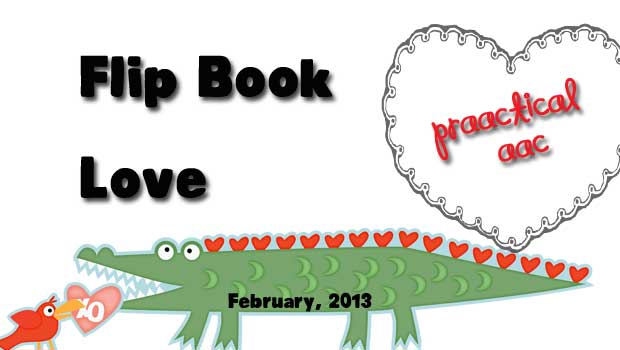
We love the versatility of flip books and charts. They are a great format option for communication books, particularly the flip books that have a static ‘base’ and a set of strips/mini pages that you can flip through for additional vocabulary. Once you have a template, it’s not too difficult to make a number of them that fit different purposes.
Here are some resources to explore.
- SET-BC has wonderful material on communication supports including a brief video about flip books here. They also
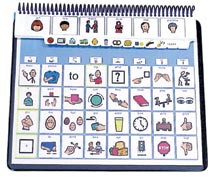 have some terrific downloads, including this one by Kathy Ryan.
have some terrific downloads, including this one by Kathy Ryan. - Flip ‘n Talk has been around for a long time, but it continues to be a really useful tool. We typically have the core language as the static portion, but here’s an example of doing it the other way around.
- There are so many ways to use flip books for language learning. We love this one for practicing vocabulary in the Unity program.
- Flip books are great alternative pencils for free writing. The flip book method of providing access to the alphabet was first introduced to us by Karen Erickson of the Center for Literacy and Disability Studies. The TTAC consortium (Virginia) has a great post about using them within a Four Block model, but they can be used for lots of writing activities.
- Flip books can be useful for visual schedules, too. Here’s a great example by Kate Ahern of Teaching Learners with Multiple Special Needs.
- Need a stand to hold your flip chart so that your hands are free to support the learner? Here is one option for a DIY easel.
Filed under: PrAACtical Thinking
Tagged With: communication book, flip book
This post was written by Carole Zangari

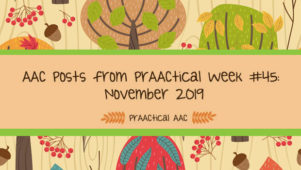
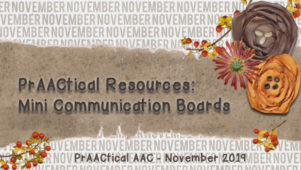
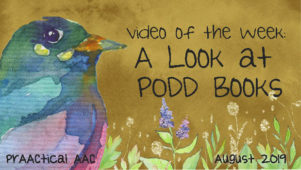
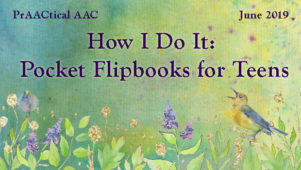
1 Comment
I’ve recently begun following PrACCtical and am learning ALOT! I was wondering if your blog could have a Pinterest button. I have an AAC board I’ve started and it helps me organize all the stuff I find online. I appreciate your work. Thanks!